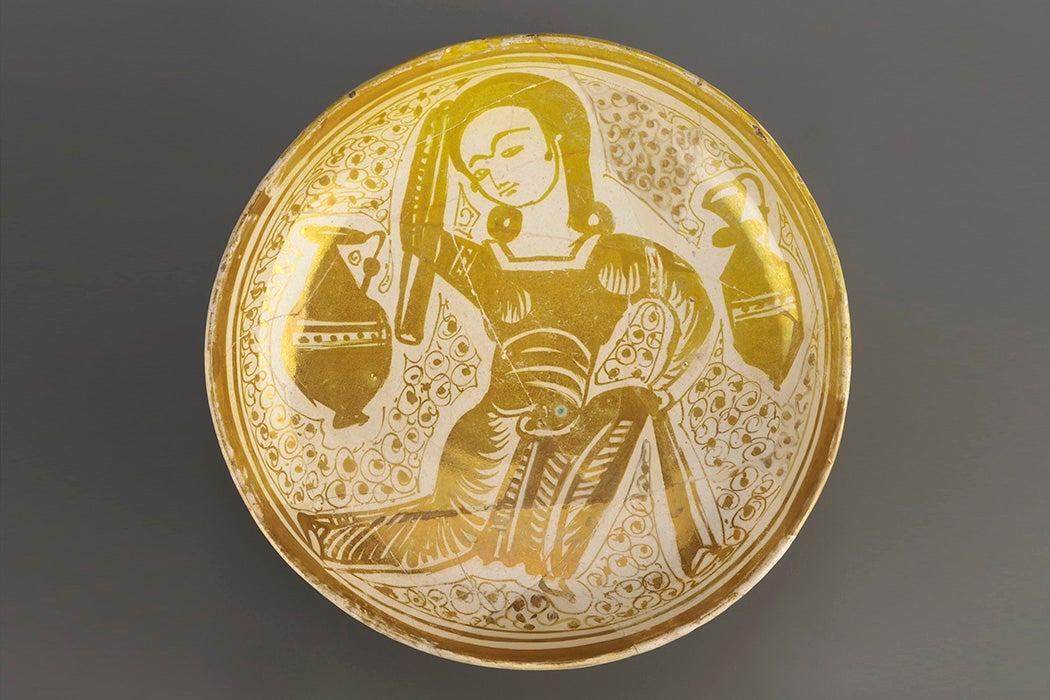Western ideas about sexuality in the Arab world today are often influenced by Orientalist stereotypes of a supposedly unchanging culture of repression. But in “Medieval Arab Lesbians and Lesbian-Like Women,” Arabic studies scholar Sahar Amer shows that as far back as the ninth century, discussions of lesbian and “lesbian-like” relationships in Arabic literature were both nuanced and deep.
While there was no “specific terminology to denote lesbianism” in the languages of medieval Europe, Amer observes, Arabic had plenty of terms to discuss it. Medieval Arabic literature uses the terms sahq, sihaq, and sihaqa to refer to lesbianism, and sahiqa, sahhaqa, and musahiqa for lesbians. Amer notes that in Arabic scientific texts of the time, these terms connoted behavior, not emotion: Sahq and sihaqa come from the Arabic root meaning “’to pound’ (as in spices) or ‘to rub,'” referring to the sexual practice of mutually creating friction on the labia.
So lesbianism was, in fact, “a medical category,” though “not a deviant one,” Amer writes. But that wasn’t all. In contrast to the scientific texts, Arabic literature amply attests to the emotional life of women’s loving relationships. A tenth-century erotic treatise, whose title is translated as Encyclopedia of Pleasure, describes the first legendary lesbian love story, emphasizing the love one partner showed the other after she passed. In the thirteenth century, poet Shihab al-Din Ahmad al-Tifashi wrote an extensive description of female sexual encounters, dubbed “the saffron massage,” in one of his works.
Such discussions of same-sex female relationships emphasize their erotic nature and deep romantic bonds, part of a larger celebration of sexuality in Arabic and Islamic discourse. Indeed, Amer suggests that “the most vehemently condemned sexual sin in the theological Islamic discourse is adultery (zima) and not homosexuality (liwat).”
Weekly Newsletter
During the medieval era, discussions of lesbianism were rich and diverse, while today, Amer writes, they are “silenced or censored.” The Encyclopedia of Pleasure is not readily available; she became aware of an Arabic edition of the text in 2003. When she tried to buy it, she was told it was not proper for her; she was only able to acquire it “through the intercession of a male Arab friend,” who purchased it in secret in Cairo. And even once Amer got the text, she found that its contents were redacted, probably by someone who wanted to avoid censorship.
“Western medical and theoretical ideas about (homo)sexuality,” Amer notes, have “imposed a binary view of sexuality” on the Arabic world. Thus, she argues, “the notions of sexuality, heterosexuality, and homosexuality as sexual deviance” are part of the West’s colonialist legacy. But she ends optimistically: “The texts that have survived are especially valuable because they paint medieval Arab and Muslim women with unexpected agency over their social and sexual lives and have thus the potential to become powerful models of resistance for contemporary Arab and Muslim women.”







